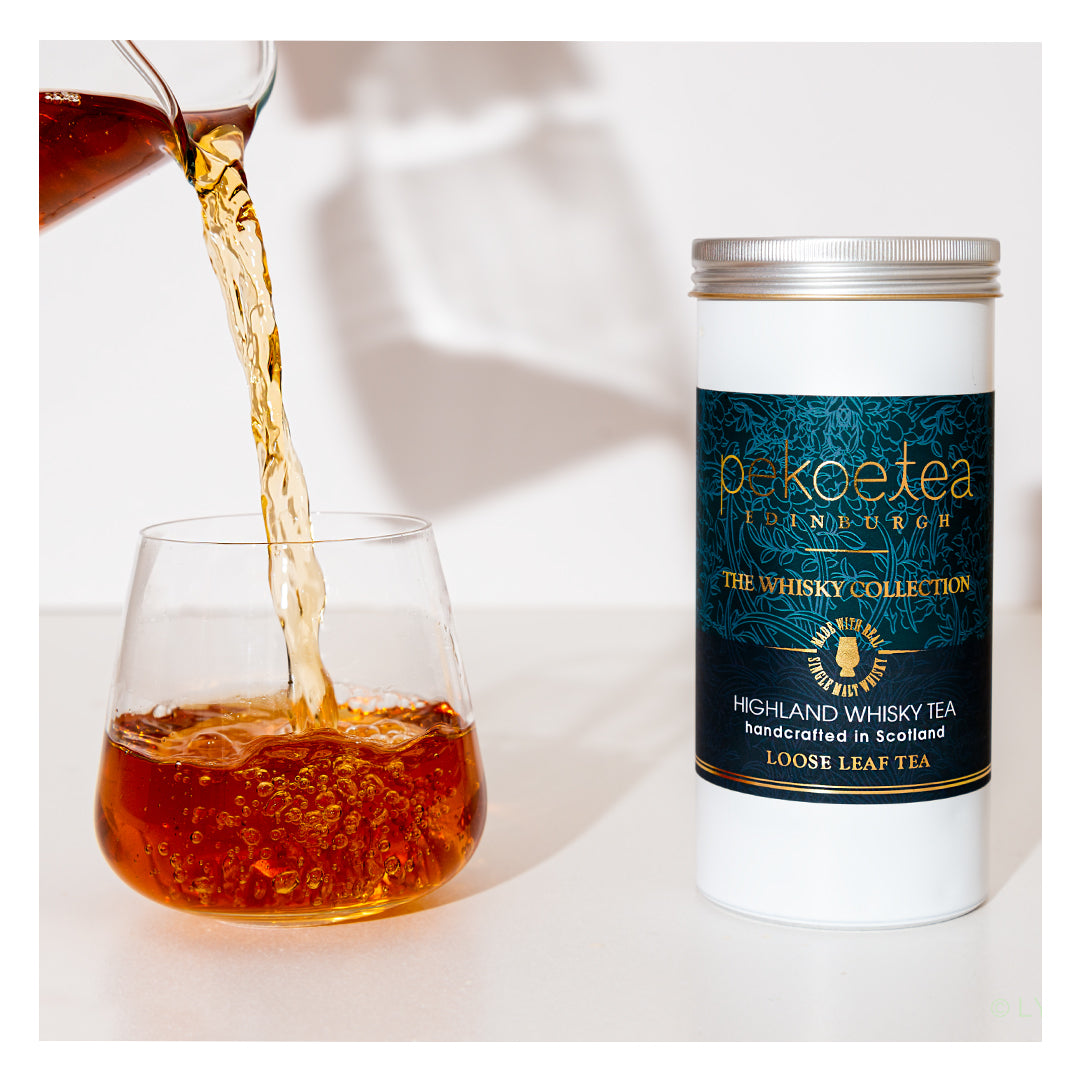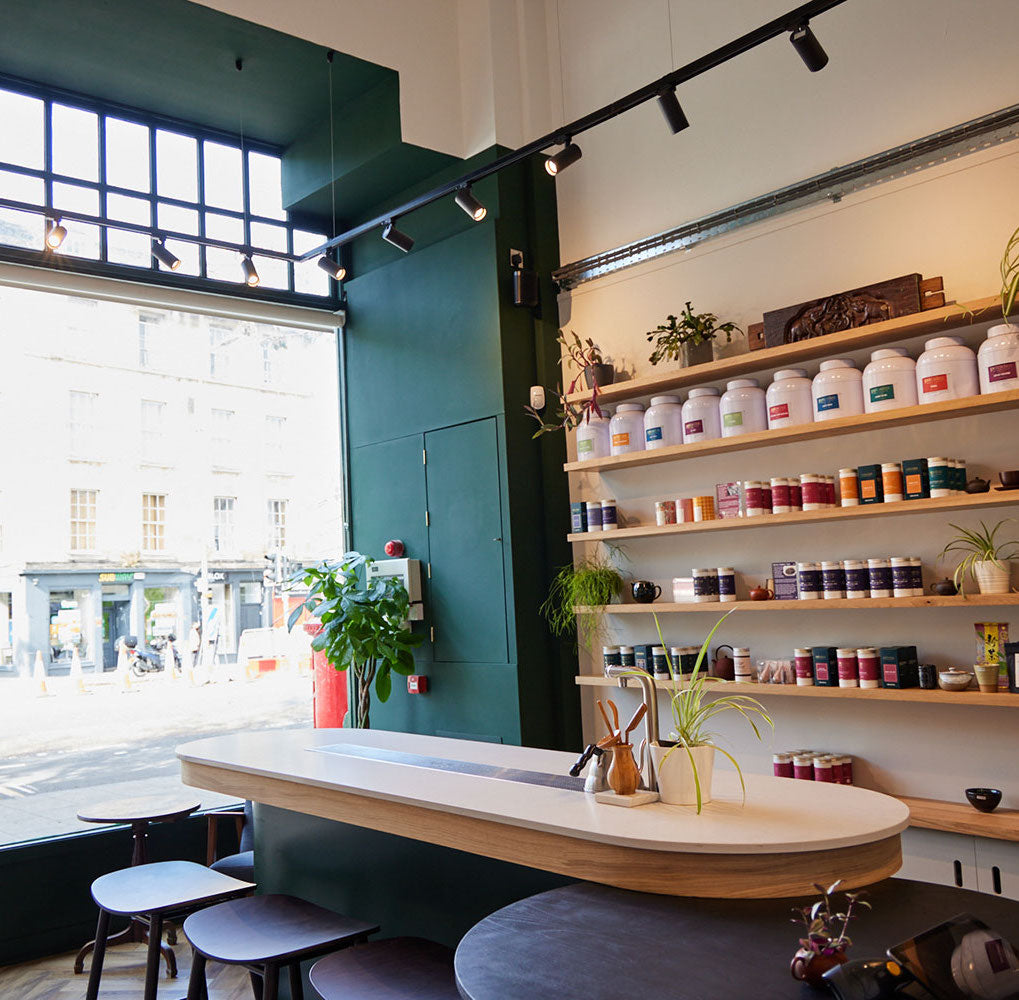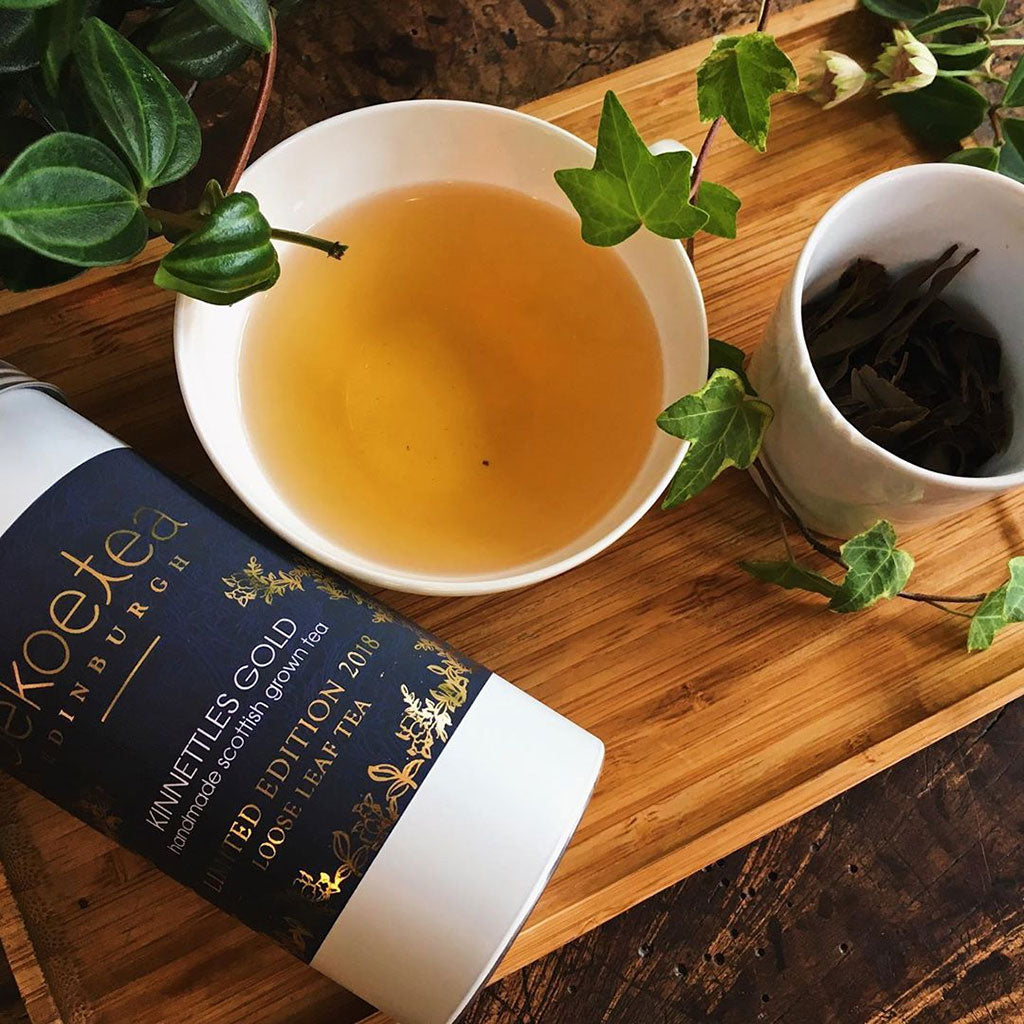The city of Tokoname in Japan's Aichi Prefecture has been a major centre of ceramic art and industry since at least the 12th Century, with everyday stoneware products from Tokoname being already widespread at that point. The city became well-known for the production of tiles, and to this day the municipal emblem is a stylised tile pattern in a nod to this history.
Alongside tile making, the majority of early Tokoname-ware is either vases or jars with a distinctive green ash glaze in places. As well as these, a few examples of tea bowls made in Tokoname still survive. These tea bowls, or cha-wan, are some of the earliest Japanese teaware, reflecting the tea traditions that at the time were just beginning to spread across from Tang dynasty China. Similar to modern matcha, tea at this early point was mainly powdered and whisked in a bowl before serving, and teapots as we know them now were highly unusual if they existed at all.
Kyusu - Japanese Teapots

The term 'Kyusu' simply means 'teapot', and in a strict sense covers any vessel made in Japan and used to infuse tea. There are many types, the most common being the 'Yokode No Kyusu' or side-handled teapot style. Other kyusu include 'Atode No Kyusu', back-handled teapots like those familiar in the West, 'Kyusu Houhin' which have no handle at all and are used for steeping very high grade teas that require low water temperatures safe to touch, and examples similar to the one above, 'Uwade No Kyusu' or top-handled teapots.
As well as the shape, the materials used to make the pots are also important. Different clays, different firing techniques and different glazes combine to make a handmade kyusu into a work of art, as well as adding a certain something to tea prepared with care in one.
Over time the ceramics made in Tokoname have gradually shifted from large-scale and industrial production to more artistic and individual pieces. By the 18th Century individual artists began to sign pieces and build up reputations for their work, with major aristocrats and priesthood officials promoting and sponsoring particular artists. At the same time, technological developments were happening in Japan, with complex noborigama style kilns being invented that allowed wares to be fired at higher temperatures, more efficiently. These kilns are considered precursors of modern industrial ceramic kilns and are still used for traditional ceramics now.
Tokoname-ware as we know it today really begins in the 19th Century, with stoneware becoming popular. Tokoname was found to have a ready resource of iron-rich clay that bears great resemblance to the famous Chinese Yixing clay that has long been used to make the very best of Chinese teaware. These clays are said to interact with the tea, subtly altering the flavours experienced when tea is prepared in them.
 With this great resource and the already well-developed community of ceramic artists and craftsmen in Tokoname, it didn't take long for teaware made in the area to become famous. Technology continued to advance, with Tokoname pioneering salt glazing techniques and being an early adopter of other innovations from around the world. In the more recent past, artistic interest in traditional methods has also led to revivals of older styles, with kilns resembling the earliest ones used in Tokoname being used to recreate the unique glaze and colour effects of early Tokoname-ware.
With this great resource and the already well-developed community of ceramic artists and craftsmen in Tokoname, it didn't take long for teaware made in the area to become famous. Technology continued to advance, with Tokoname pioneering salt glazing techniques and being an early adopter of other innovations from around the world. In the more recent past, artistic interest in traditional methods has also led to revivals of older styles, with kilns resembling the earliest ones used in Tokoname being used to recreate the unique glaze and colour effects of early Tokoname-ware.
Today, the town of Tokoname itself is largely given over to commercial space, homes and information for visitors. The kilns are located in the surrounding countryside. The noborigama style kilns use hillsides to place firing chambers above one another to recycle heat. Many kilns moved away from the flat land to take advantage of this, and have stayed in place despite moving on to new technologies. This makes visiting the kilns themselves a challenge, but the town is very proud of its history and dedicates museum and exhibition space to its history and the work of its current craftsmen and artists.
 Our Tokoname ware Kyusu are all sourced from artists working in and around the Tokoname municipality, and although they are made in batches to similar styles, each one is a little different. The hand decorations on each example vary, and the pots are sometimes a little larger or smaller than the exact capacity aimed for.
Our Tokoname ware Kyusu are all sourced from artists working in and around the Tokoname municipality, and although they are made in batches to similar styles, each one is a little different. The hand decorations on each example vary, and the pots are sometimes a little larger or smaller than the exact capacity aimed for.
The examples we have are all of side-handled teapots. These are what most people outside of Japan think of as Kyusu, thanks to their distinctive shape and styling that sets them apart. The design came about as a way to easily serve tea to a guest while sitting across from them, with the handle on the side making it possible to pour the tea out with a minimum of movement. Pouring can be done one-handed with your thumb placed on the lid to secure it, or you may need to use both hands to secure the lid with your spare index finger.
Most kyusu have the spout pointing to the left while the handle points towards the user, meaning that they are best used right-handed. Left-handed kyusu are sometimes made, but the Japanese tea culture doesn't generally recognise handedness and these are very rare. Luckily, the option to use both hands is practical with kyusu. Another feature common to kyusu is the inclusion of filters in the spout, often made of the same ceramic that the pot itself is made from. These ceramic filter pots are considered to be of the highest quality, as some feel that metal infusers take something away from the flavour and experience of the tea.
With each one being a unique product of a rich history and tradition, a handmade Japanese kyusu is a wonderful way to share a tangible piece of Japanese tea culture and enjoy some of the finest teas available in the way they have always been experienced.










